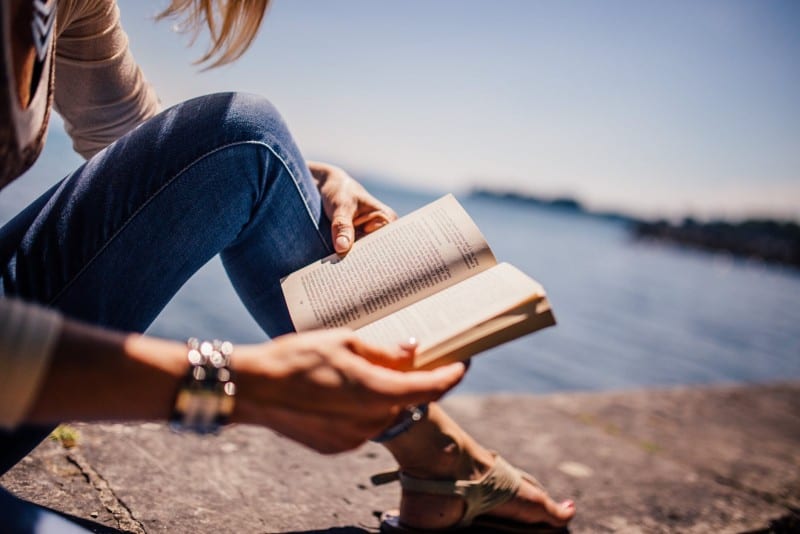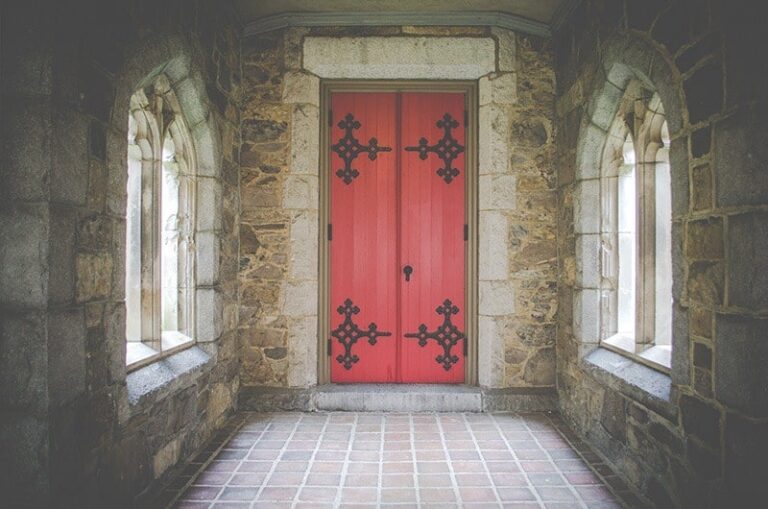Dream Catcher: Meaning, Use, Origin And Much More

Original purpose of the dream catcher

The dream catcher is sometimes called a ‘sacred hoop’ and is used for the protection of both children and adults. Picture it as a talisman for good luck and protection.
Origin of the authentic dream catchers


Design of a dream catcher
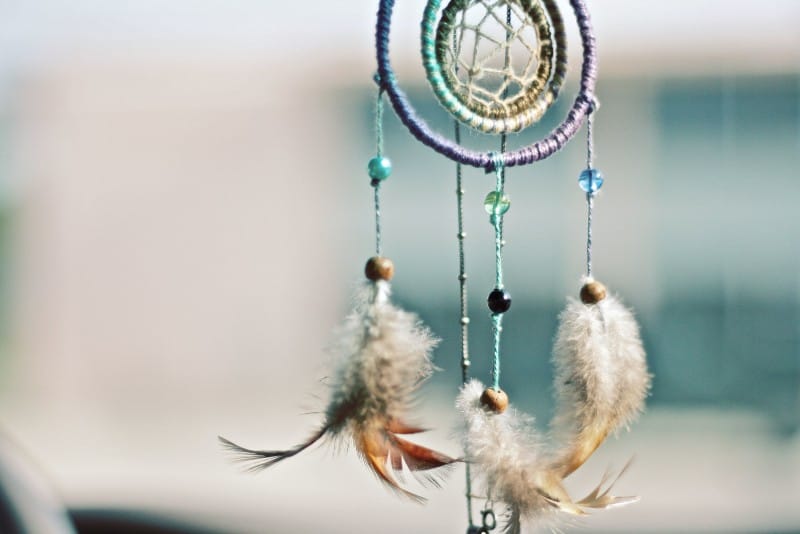
How to make a dream catcher
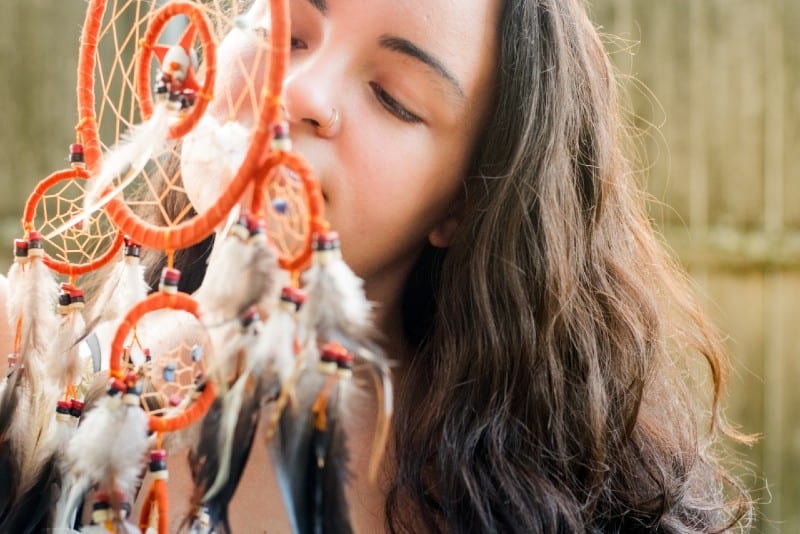
The most creative dream catchers for you
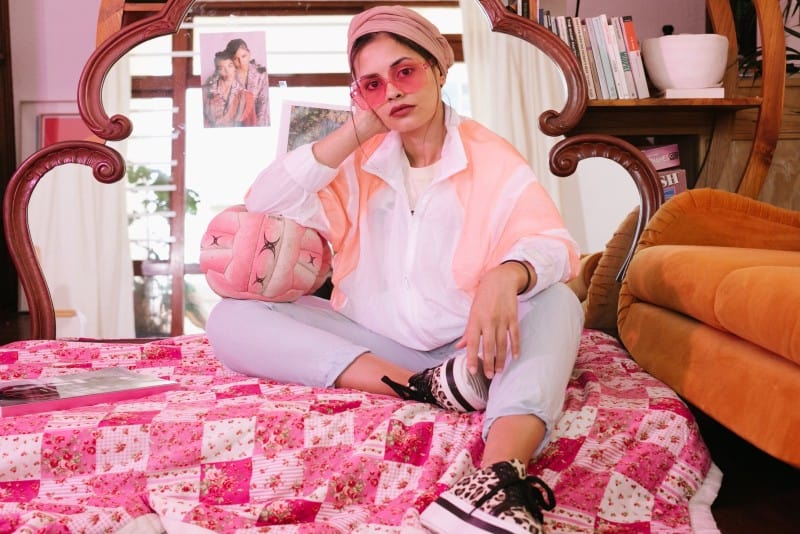
Unicorn design - This one will be great for a girl’s room. It’s a unicorn, it’s pink; it’s everything a little girl likes.
Symbolism of traditional dream catchers
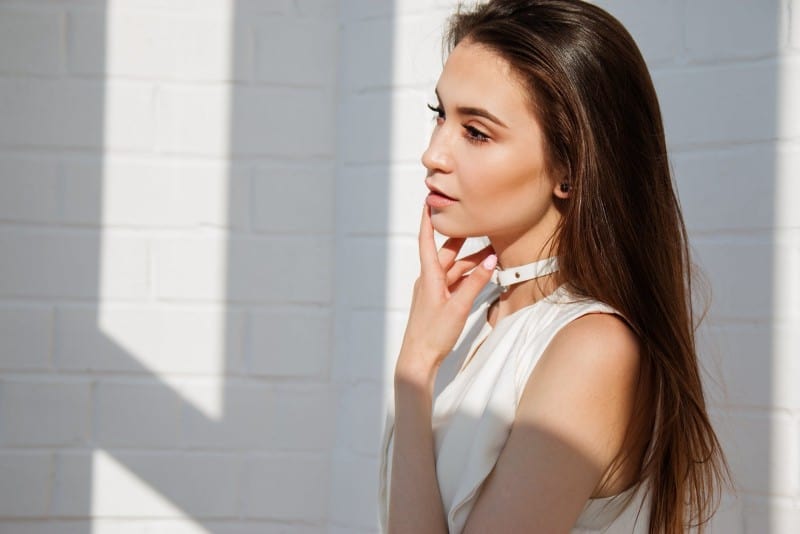
Traditional dream catchers vs dream catchers today


Dream catchers tattoo

Legends about the dream catcher
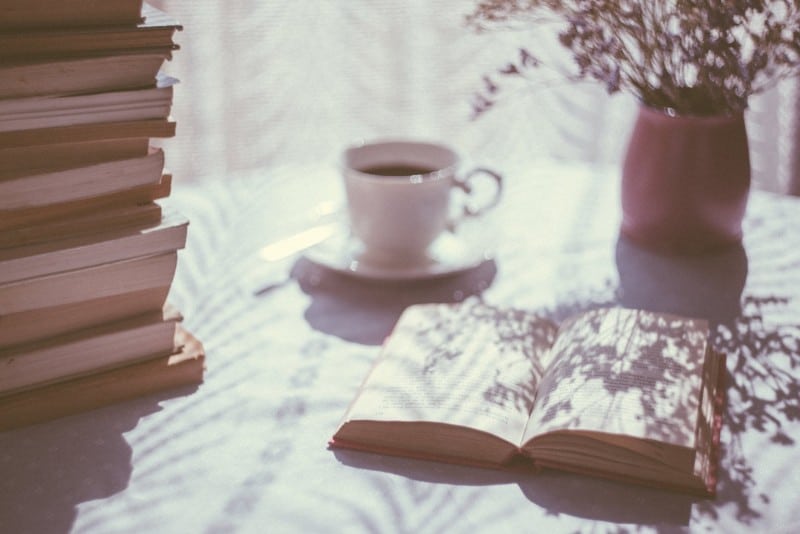
Bestsellers about Native American culture
